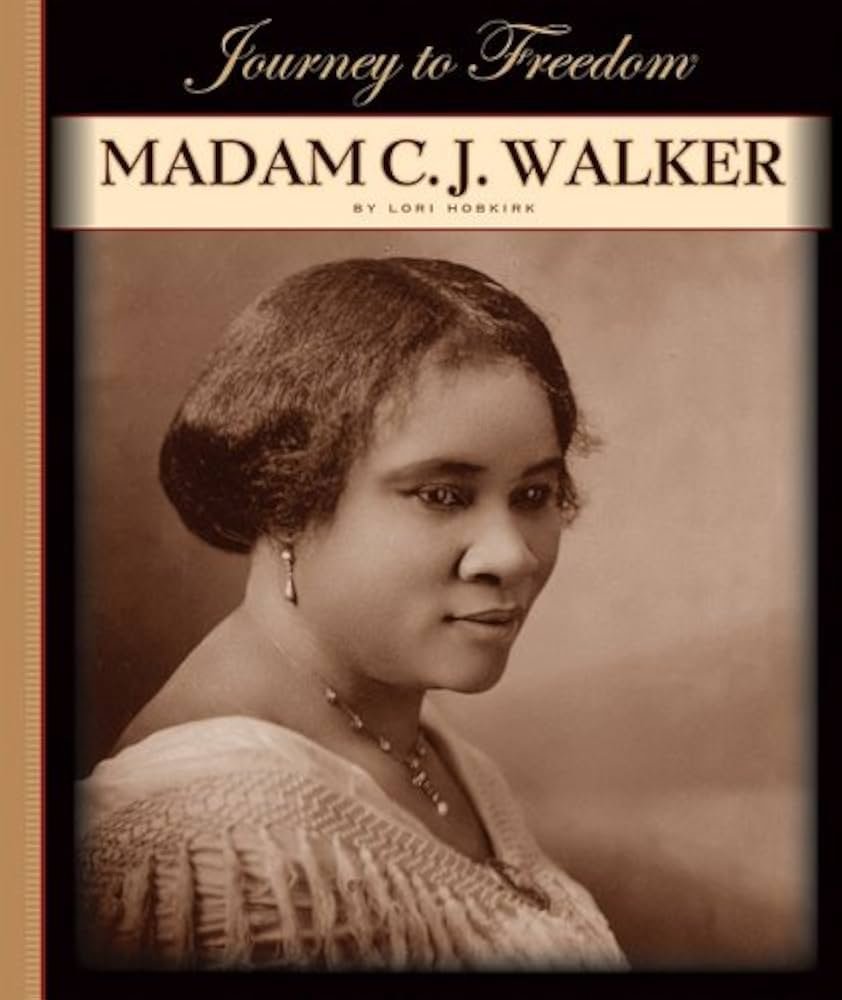
Madam C.J. Walker Bonnet born Sarah Breedlove in 1867, is a celebrated figure in American history, renowned not only for her success as a businesswoman but also for her contributions to the beauty industry and her role in empowering African American women. One of her most iconic products, the Walker bonnet, symbolizes her innovative spirit and commitment to self-care and community upliftment.
Background
Raised in Louisiana in a family of former slaves, Walker faced significant challenges throughout her early life, including poverty and discrimination. After experiencing hair loss due to a scalp condition, she sought remedies and eventually developed her own line of hair care products specifically designed for African American women. This journey led to the creation of the Madam C.J. Walker Manufacturing Company, which became a groundbreaking enterprise.
The Iconic Bonnet
The Madam C.J. Walker bonnet is not just a piece of headwear; it represents a blend of cultural significance and practical purpose.
- Cultural Symbol: Historically, bonnets have been worn by African American women as a form of protection for their hair, especially during the time of slavery when personal grooming was often neglected. Walker’s bonnets revived this tradition, turning it into a fashionable statement of self-care and pride.
- Innovation: The bonnets designed by Walker were made with high-quality materials and were stylish, encouraging women to take care of their hair while also expressing their individuality.
- Empowerment: By promoting her bonnets alongside her hair care products, Walker not only addressed a practical need but also empowered women to embrace their beauty and invest in themselves. This message resonated deeply within the African American community.
Also Read: Yuxi Long: A Creative Visionary Emerging from ArtCenter College of Design
Impact on the Beauty Industry
Madam C.J. Walker’s influence on the beauty industry cannot be overstated. She was one of the first African American women to become a self-made millionaire, demonstrating that women could achieve financial independence through entrepreneurship.
- Business Model: Walker’s innovative direct sales model, using a network of beauty consultants, set the stage for future beauty companies. This empowered women, providing them with job opportunities and encouraging them to build their own businesses.
- Philanthropy: Walker’s success allowed her to give back to her community. She supported various causes, including education for African Americans and scholarships for women.
Legacy
Madam C.J. Walker’s legacy lives on today, not only through her products but also through the ideals she championed. The Walker bonnet remains a symbol of pride, self-care, and empowerment for many women. Her story continues to inspire generations, illustrating the power of resilience, innovation, and community support.
Conclusion
Madam C.J. Walker was more than just a businesswoman; she was a trailblazer whose contributions to the beauty industry and her community reshaped societal norms. The iconic Walker bonnet serves as a lasting reminder of her legacy, symbolizing empowerment, self-expression, and the importance of taking pride in one’s heritage.
FAQs
1. What was Madam C.J. Walker’s real name?
Madam C.J. Walker was born Sarah Breedlove.
2. Why is the Walker bonnet significant?
The Walker bonnet is significant as it represents cultural pride, practical beauty care, and empowerment for African American women.
3. How did Madam C.J. Walker become a millionaire?
She became a millionaire through her successful line of hair care products and innovative business practices, including a direct sales model.
4. What impact did Walker have on women’s entrepreneurship?
Walker paved the way for women, particularly African American women, by providing job opportunities and encouraging them to start their own businesses.
5. What is Madam C.J. Walker’s lasting legacy?
Her legacy includes her contributions to the beauty industry, her role in empowering women, and her philanthropic efforts to support education and social justice.







